Marcus Wareing finally has his own name over the door at his restaurant at The Berkeley, which opened in 2008. Prior to this he led the kitchen at Petrus for Gordon Ramsay on the same spot. Ramsay retains the restaurant name and has moved Petrus to a nearby location. Marcus had a long relationship with Gordon Ramsay, being sous-chef of Aubergine in 1993, after meeting Gordon at Le Gavroche. In 2008 the pair had a much publicised falling out and are now on separate paths.
On this visit we went for the full £120 tasting menu, though there was a la carte available at £80, a “prestige menu” at £98 and a restricted lunch menu at £38. The wine list arrives as a weighty black tome, and spans the world in its choices. Mark-up levels start high and stay that way as you move up the list. Josmeyer “Le Dragon” Riesling 2007 was £70 for a wine that you can find in a shop for £18, Neudorf Moutere Chardonnay 2006 was £100 for a wine that you can purchase for £33 in the high street, and Domaine Comtes Lafon Mersault 2006 was £250 for a wine that retails at £73. At the more rarefied end of the list, Hermitage La Chapelle Jaboulet Aine 2005 was £400 for a wine that retails at £112, Mouton Rothschild 1999 was £730 compared to a shop price of £344 and Chateau Latour 1982 was a steep £5,500 for a wine that can be found for £1,707 retail.
The meal began with a pair of quite different nibbles: quail hearts on wooden skewers and a tartelet of Berkswell sheep cheese with tomato and Parmesan; I preferred the latter but these were good nibbles (17/20). Bread is bought in from the Flour Station and Pain de Poilane, and so would be an easy area for improvement; this is good bread, but does not compare with high quality bread made from scratch in a top kitchen (15/20). A cup of “white gazpacho” consisted of grapes, cucumber, almonds and garlic blended together and topped with almond foam; this was pleasant, though it is hard to beat real gazpacho from high grade tomatoes (16/20). The least successful dish for me was burrata with carrot and pickled damsons. The burrata was of good quality but the carrot had quite ordinary taste, while the damsons were a little too acidic (15/20).
Much better was smooth foie gras mousse with blackberries and hyssop (a herb), milk and cobnuts. This was a really well made dish, the foie gras ultra-smooth with good flavour, the blackberries providing some acidic balance, the nuts a texture contrast (strong 18/20). Crab ravioli was accompanied by an emulsion of brown crab, fennel, cubes of apple and a sprinkle of powdered crab shell. The pasta had good texture, the crab itself had rather subdued flavour, though the fennel was good (16/20).
Quail was served with peas, girolles, goat curd, caper butter and charred potato bread. This was a very enjoyable dish, with classical flavour combinations (17/20). Papardelle with broccoli and butter emulsion was sprinkled with summer truffles. The pasta was fine but the broccoli was quite ordinary, and with a simple dish like this the quality of the vegetables is key (barely 16/20). Sea bass from Cornwall was high quality and accurately cooked, served with cauliflower, pine nuts and polonaise (buttered breadcrumbs). This was a well-judged, successful dish (18/20). Lamb with Japanese rose petals was served with charred baby leeks and lamb belly. The lamb itself was excellent, though I am unconvinced by the wisdom of the rose petal pairing (17/20). Suckling pig was served with chorizo sauce, polenta, Spanish almonds and some pork crackling and turnips:an enjoyable dish (17/20). Cheese was from La Fromagerie and was in very good condition.
A pre-dessert of pineapple sorbet with coconut sherbert was refreshing (17/20). The custard tart (which Marcus cooked very successfully on the Great British Menu TV show) was in itself lovely, with good pastry and wobbly, soft texture. It was served with a little crumble and plum sorbet but the overall dish somewhat let down by the very sharp pickled greengage plums served with it; acidity to balance the custard is a good thing, but these were extremely sharp (still 18/20 given the lovely tart). Finally, I enjoyed apple caramel parfait with Granny Smith apple crudités, apple jelly and pearly barley puffs (18/20).
The bill came to £261 a head, of which the tasting menu itself was £120. Service was impeccable throughout the meal, waiters having good knowledge of the food, and topping up unobtrusive and capable. I enjoyed this a little more than my previous meal here, but still have a sense of over-complexity in some dishes. The dozen or so chefs in the kitchen certainly have plenty of work to do with these elaborate dishes, the best of which work very well indeed.
The notes below are from a meal in February 2009.
Now independent of the Gordon Ramsay empire, Marcus Wareing at the Berkeley continues largely unchanged in the same room; a new restaurant manager was almost the only visible difference. The tasting menu was £90, a la carte £75 and a good value lunch is avalable at £35 for three courses. The wine list has changed slightly (e.g. they have dropped the good Greek wine that they had previously). The list appears in a vast black leather-bound tome, 43 pages of serious producers. Examples included Jermann Pinot Bianco 2007 at £48 for a wine that costs £12 or so retail, JJ Prum Spatlese Wehlener Sonnenuhr 2006 at a chunky £90 for a wine you can buy for around £19 if you look carefully in the shops, Ata Rangi Pinot Noir 2006 at £88 for a wine costing £27 retail, whilst at the top end Vega Sicilia Unico 1995 is £365 for a wine available for about £140 or so in the shops.
As we looked at the menu some nibbles appeared. A silky smooth hummus with onion bavarois was enjoyable, more so than a puff pastry sandwich of confit foie gras. The foie gras in itself was good, but was dusted with blackcurrant powder and a little quince puree; I found the blackcurrant powder just added sweetness without bringing the acidity that would have been welcome, while the quince puree could have played this role but was spread so thin that it did not (on average 16/20 for the two).
Bread is a choice of slices of either sourdough, Swiss brown, country bread or honey and potato bread. These are bought in from The Flour Station and Poilane, which are certainly very respectable bakeries, but this is hardly 2 Michelin star bread. If the simple pub The Duke of Sussex in W4 can make excellent home-made bread then it eludes me as to why most top restaurants in London can’t be bothered.
A warm tomato soup was the amuse bouche, served in a glass and topped with a basil foam with crème fraiche, and served with black pepper bread sticks. This had reasonably good intensity, and the basil is a classic combination with the tomato; personally I didn’t think the creme fraiche did much (just about 17/20). On the tasting menu the first formal dish was a piece of pan fried foie gras, with a compote of cranberry and Lapsang tea, gingerbread, chestnuts and quince jelly. The foie gras itself was of good quality and carefully cooked, but for me there were far too many accompaniments to make sense of the dish, which ended up just a confusion of flavours (17/20 if I am being kind).
A Scottish scallop was sliced thinly before serving (which I am never convinced about; I prefer scallops whole) and had nice sweet flavour, resting on a bed of braised pig trotters, garnished with a honey pork crisp and parsnip milk powder. Inherently pork and scallops can work well, but the parsnip milk powder added nothing useful as far as I was concerned (barely 16/20). Better was roasted and marinated quail with white onion fondue, butternut squash and a baked potato foam. The quail had good taste and was carefully cooked, the other elements giving a pleasant earthy counterpoint to the quail (a strong 17/20).
Monkfish tail was skillfully cooked (avoiding the chewiness that can so easily afflict monkfish in less than skilled hands), served with chanterelles, winter truffles and a bed of parsnip remoulade. The parsnips were cut so fine that their distinct flavour was barely distinguishable, and I didn’t find the combination of flavours particularly harmonious (16/20). My saddle of venison arrived as several tiny slices of meat with good flavour, cooked pink, with some over-salted black trumpet mushrooms, just a few pieces of nice buttered courgette, olive oil crumbs (why?) and some cooking juices. I didn’t think the venison had very good flavour; indeed the one I had at the Harwood Arms a couple of weeks ago was superior, while again I found the multiple accompaniments did not come together particularly well (15/20). It has to be said that the taste of Cumbrian lamb was much better (this was served with green olive and fennel and smoked lamb “bacon”). We skipped cheese, which is from La Fromagerie.
Pre-dessert was a little chocolate and raspberry gateau (too dry) with yoghurt cream, and a passion fruit jelly with lemon cream and a lychee and vodka sorbet. The latter again did not seem to me a well melded set of flavours (15/20). Pain perdu with apple puree and ice cream and candied walnuts was pleasant, but after my perfect apple dessert at the Bristol recently it did not excite me (16/20). Better was a taste of my companion’s dessert (orange crème, spiced brioche crisps, salted caramel popcorn, bitter chocolate sorbet.), which was 17/20 level. Coffee was good, with rich flavour, served with a selection of chocolates, and dessert wine is properly served in a 125 ml measure. Service was excellent, attentive without being too fussy, and the new manager was a good listener.
Based on two meals now in a few months I still find the cooking here frustrating. Technique is of a high standard, but there is a recurring tendency to put too many flavours on the plate, and not all of the combinations make sense to me. I used to love Marcus’s cooking years ago when he was at the old Petrus location of 33 St James Street, where the dishes were simpler and the flavours cleaner; for me in the striving for fancier and more complex food the soul of the cooking has got lost in the process. It is hard to criticise at a technical level, but so often less is more when it comes to food, and the meal today was a case in point. The bill with less than a (modest) bottle of wine between two was £134 a head.
For prior meals here see the entry for the old Petrus.
Further reviews: 21st Dec 2014








































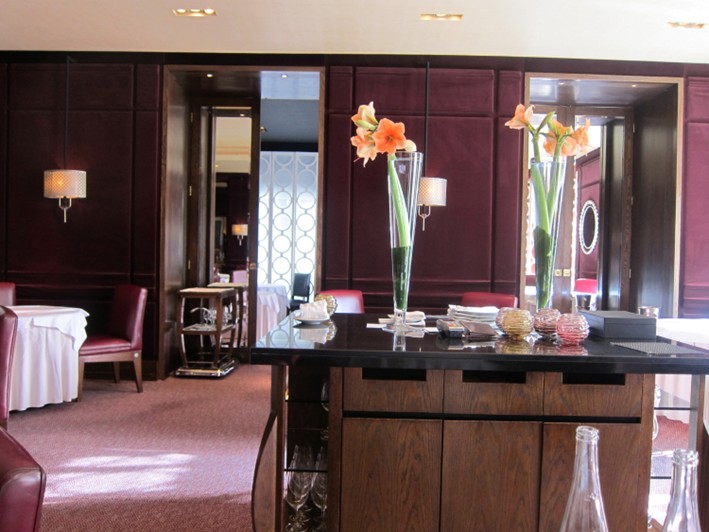
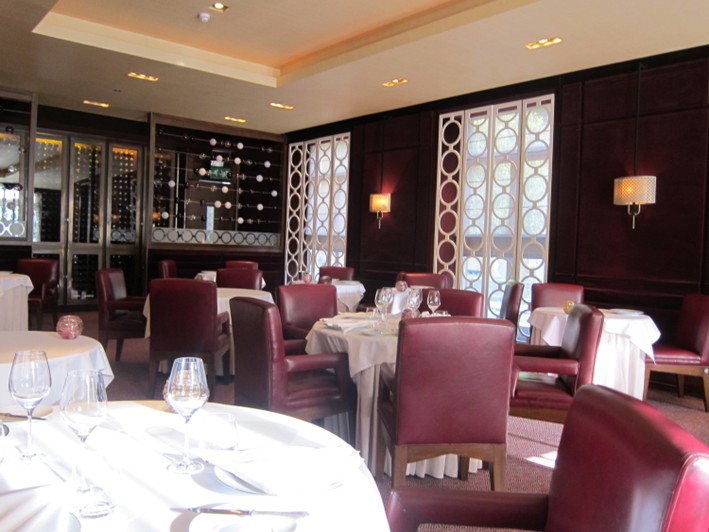
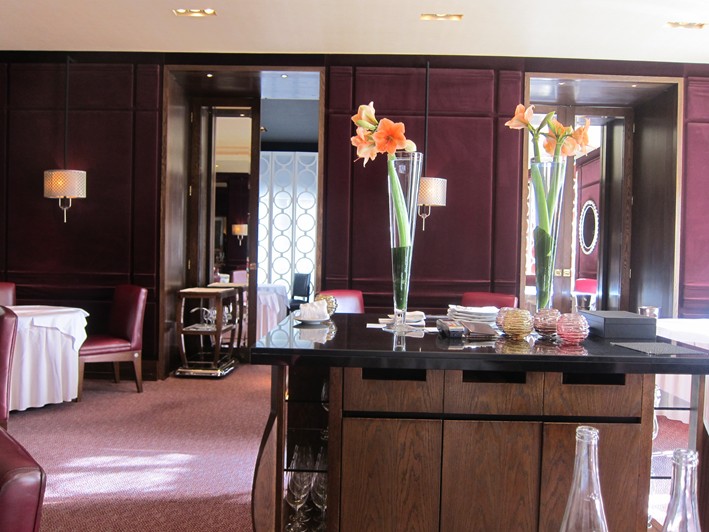
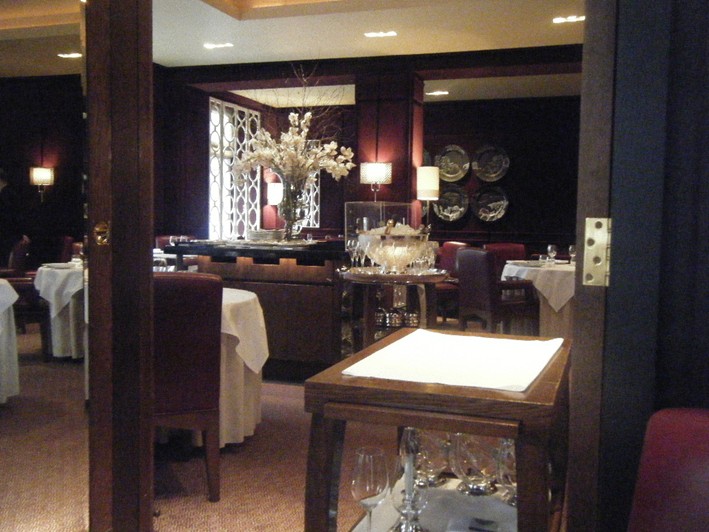

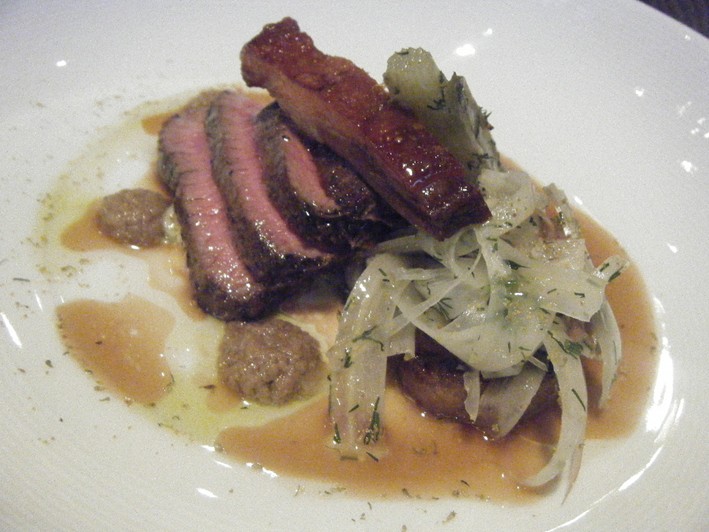

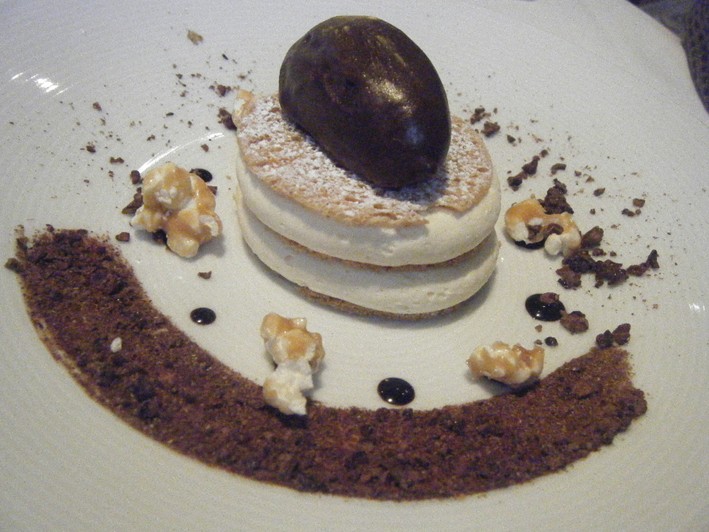

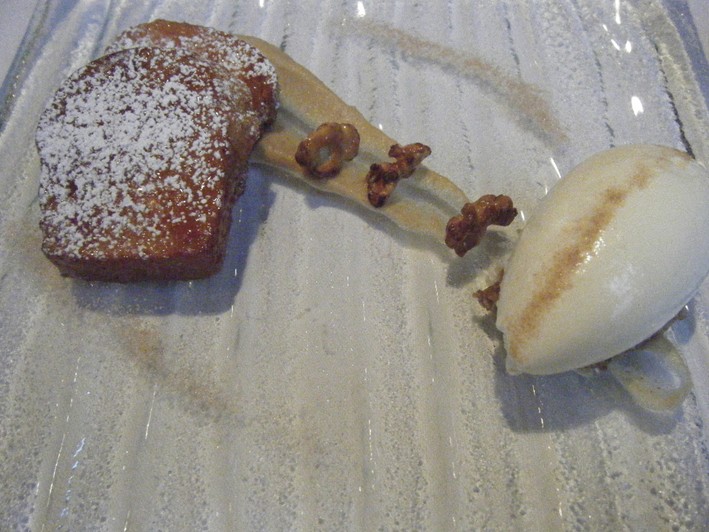

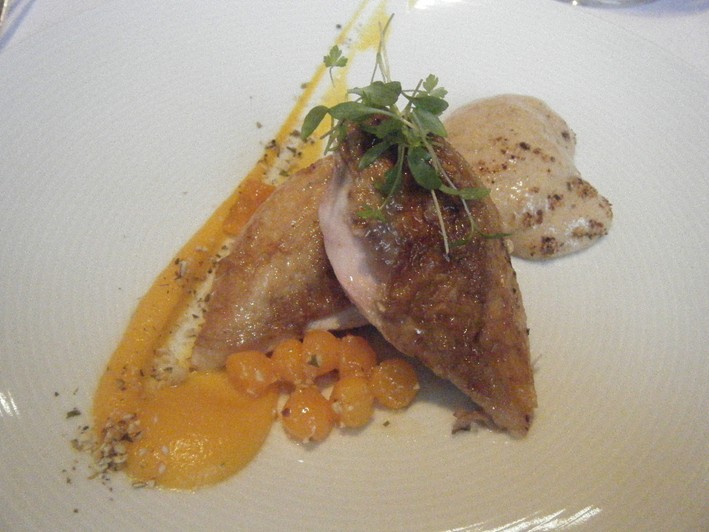
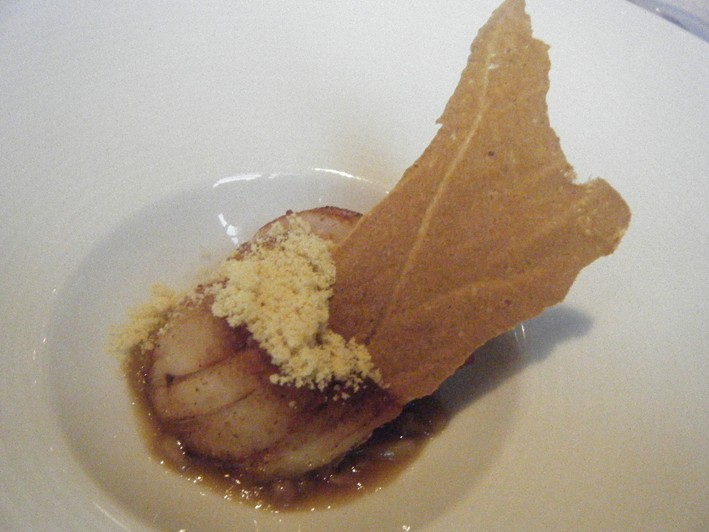

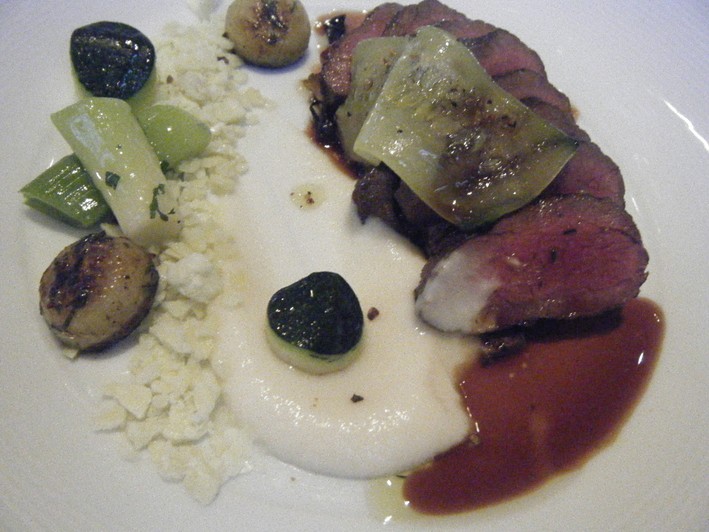
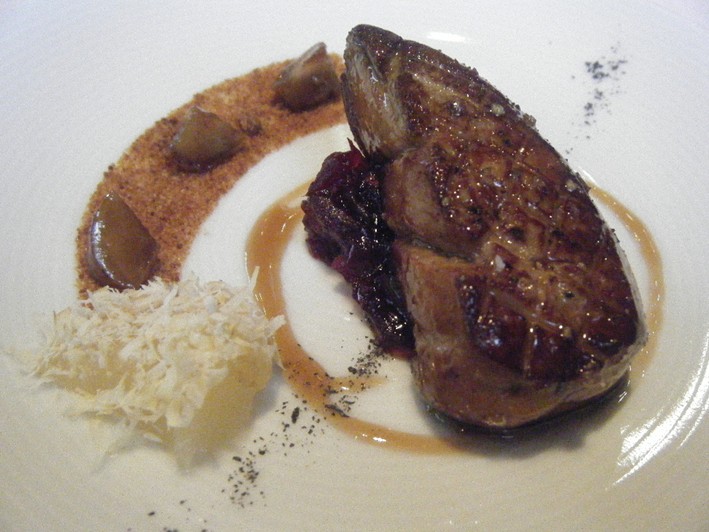


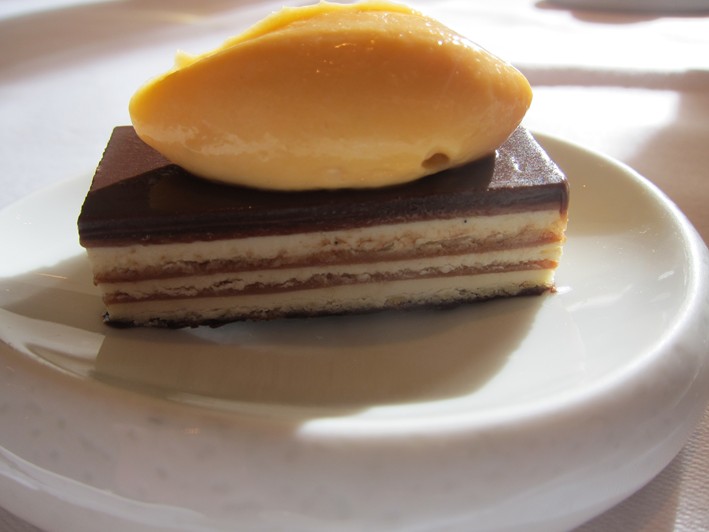
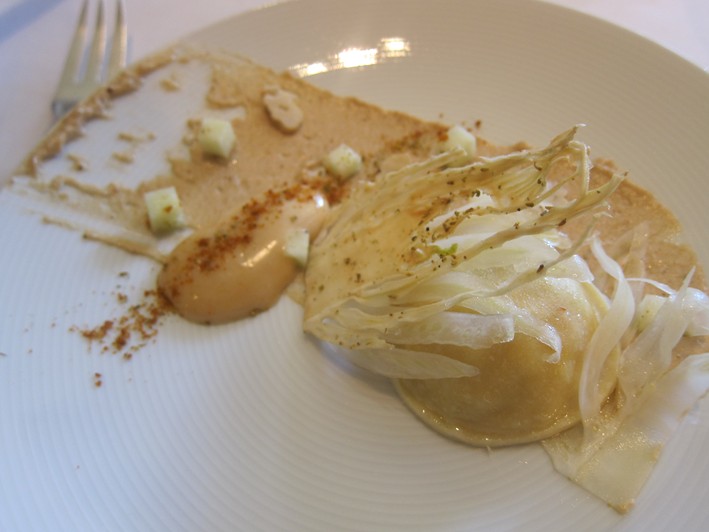



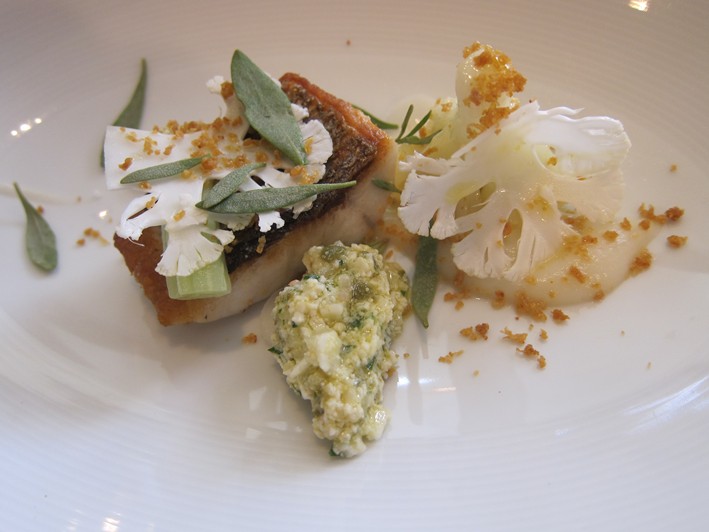

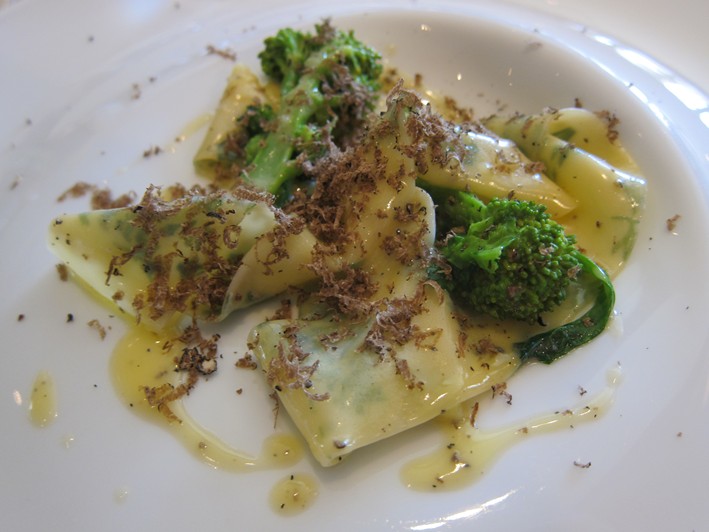
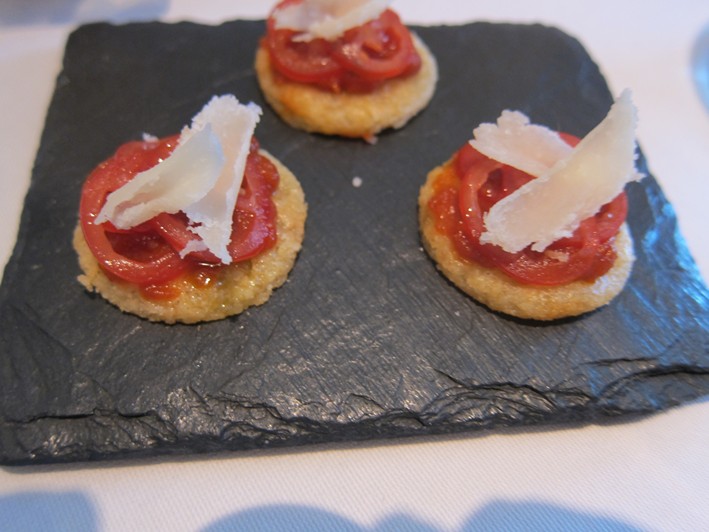
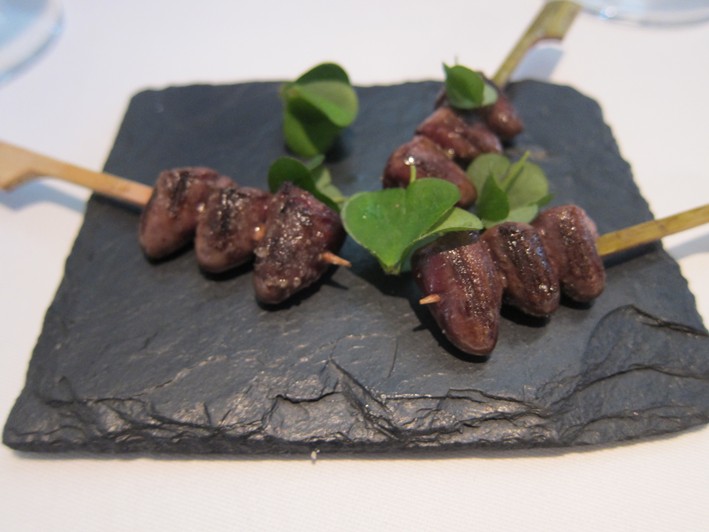
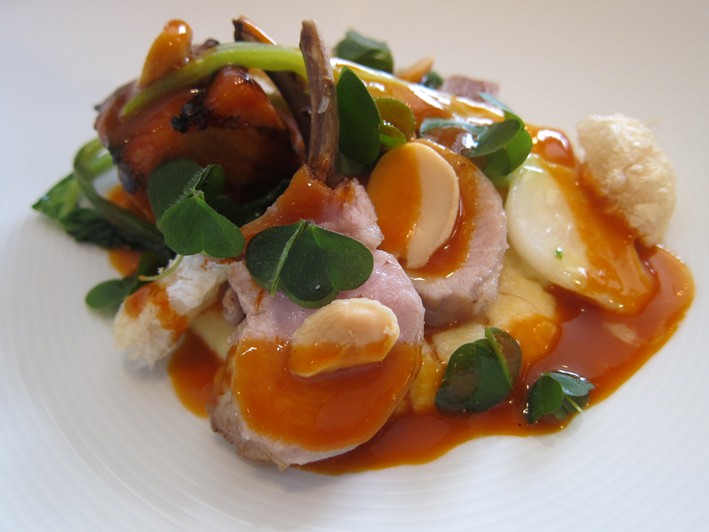
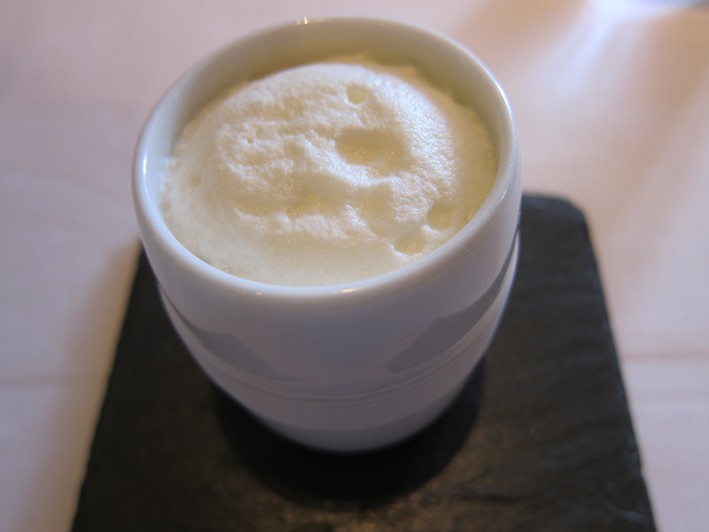
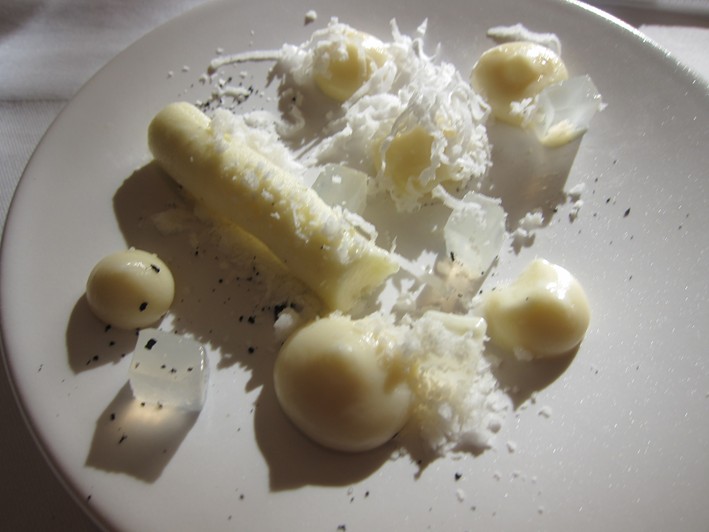


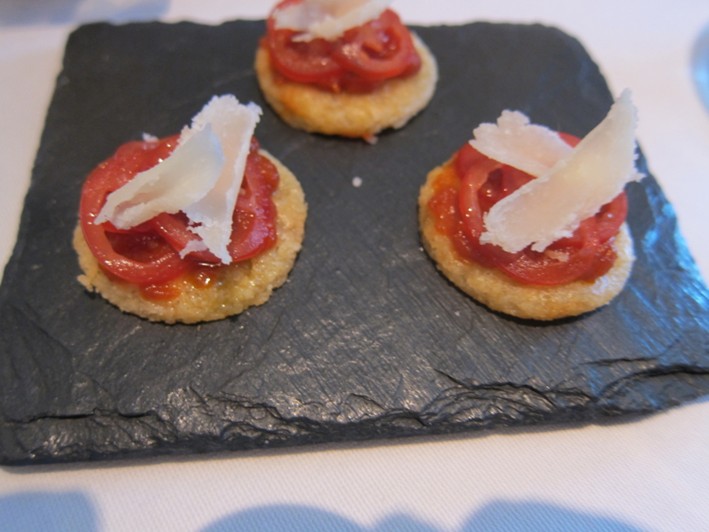
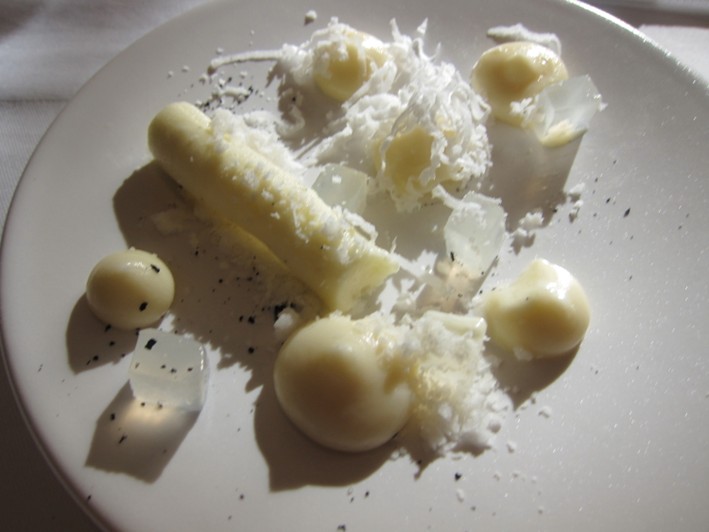

dan
why do some UK chefs insist on using the term white gaspacho when it seems they are making a variation of Ajo Blanco, the chilled almond and garlic soup from the malaga region.
Jonathan Rigg
After my dinner party for 6 on 26th November I couldn't agree with you more. In fact I was even less impressed. Why these 'premier' chefs try and make things so complicated that the food is then lukewarm in every respect
Eric
Andy, I love your blog! As a chef I use your reviews of the best restaurants in the world as a learning tool. I especially loved your comment here about the "soul" of the food being lost in complexity. I think it is spot-on and happens when chefs can't just leave things well enough alone. Thank you and keep up the great work.
Food Snob
As far as I am concerned, that summary is spot-on. (Although I, unfortunately, never got the chance to try Wareing when he was at St. James)